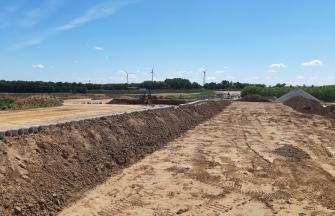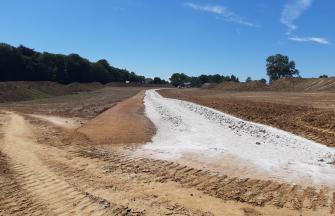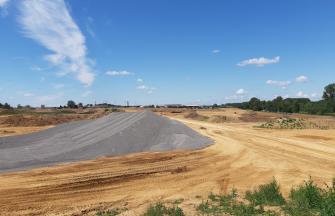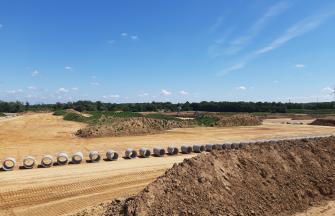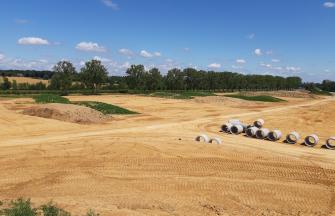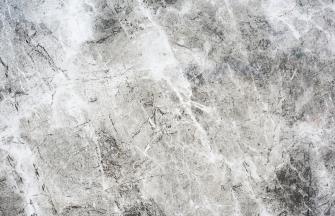
🚧 Challenge:
Earthworks to build an industrial zone (sewers, roads and buildings) on 65 hectares where only clay and silty-clay soils were identified.
Two solutions: Landfilling or soil treatment. Landfilling by moving poor rated soils would have had an enormous economic impact (move out excavation, transport to soil sorting centers, tax for landfilling, and purchase & transport of new primary aggregates). Also the ecological impact (preservation of non-renewable natural resources (aggregates) and overall energy reduction (less material to move)). Also savings on the construction time. Wanty therefore preferred to treat the clay and silty-clays in situ. Lime is well known for treating soils in road construction and civil works as it both neutralizes the swelling potential of clay soils but also transforms non-bearing soils into strong and durable materials for road embankments.
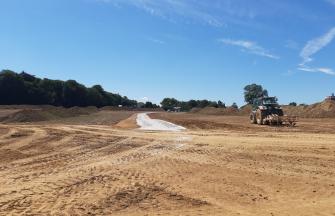
🧪 Analysis:
Wanty's laboratory, LEDC, performed formulation studies based on about ten surveys, which were studied according to the required depth of earthworks. Lithology and water content controls were carried out according to the execution zones.
It was defined that the ViaCalco-binder dosage on the site would vary between 1 and 4%, depending on the area, weather conditions, and the required bearing capacity to be reached.
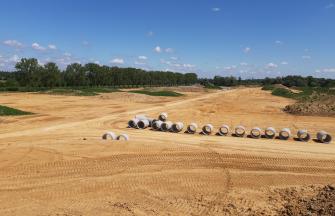
🦺 Solution proposed by Carmeuse:
Carmeuse committed to providing a large quantity of soil binders with different quantities on available lime (between 40% and 94%), and this over a 6-month period. Carmeuse was reactive and adaptable to Wanty's need: quantity and binder types evolved every day in function of the soil in place, as well as outside temperatures due to the summer heat wave period, raining periods, and cold winter temperatures. Thanks to ViaCalco, the bearing capacity or elasticity modulus (Ev1) of the treated soil was improved to reach averages between 40 to 50 MPa, with some results reaching more than 100 MPa, far beyond the required values of 11 and 17 MPa (fill material or top of subgrade)
The Wanty stabilization site was 90% finished in 2022. Only soils for the road construction remain to be stabilized during 2023.
